Ductless HVAC system Market Summary
As per MRFR analysis, the Ductless HVAC System Market Size was estimated at 60.06 USD Billion in 2024. The Ductless HVAC industry is projected to grow from 64.03 in 2025 to 121.34 by 2035, exhibiting a compound annual growth rate (CAGR) of 6.6 during the forecast period 2025 - 2035.
Key Market Trends & Highlights
The Ductless HVAC System Market is poised for substantial growth driven by energy efficiency and technological advancements.
- The North American region remains the largest market for ductless HVAC systems, reflecting a strong demand for energy-efficient solutions.
- In the Asia-Pacific region, the market is experiencing rapid growth, fueled by increasing urbanization and rising disposable incomes.
- The cooling segment continues to dominate the market, while the heating segment is emerging as the fastest-growing area due to evolving consumer preferences.
- Key market drivers include increasing consumer awareness of indoor air quality and regulatory support for energy efficiency initiatives.
Market Size & Forecast
| 2024 Market Size | 60.06 (USD Billion) |
| 2035 Market Size | 121.34 (USD Billion) |
| CAGR (2025 - 2035) | 6.6% |
Major Players
Mitsubishi Electric (JP), Daikin Industries (JP), LG Electronics (KR), Fujitsu General (JP), Panasonic Corporation (JP), Samsung Electronics (KR), Trane Technologies (IE), Carrier Global Corporation (US), Gree Electric Appliances (CN)
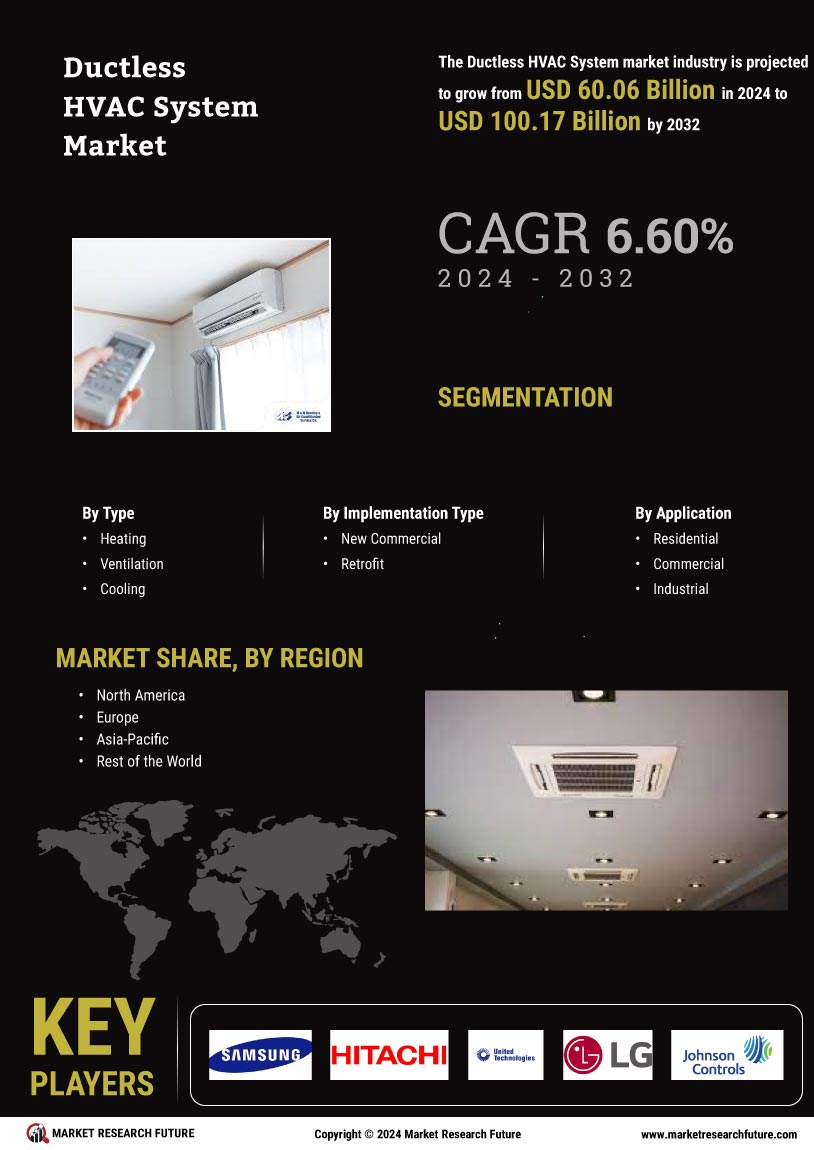

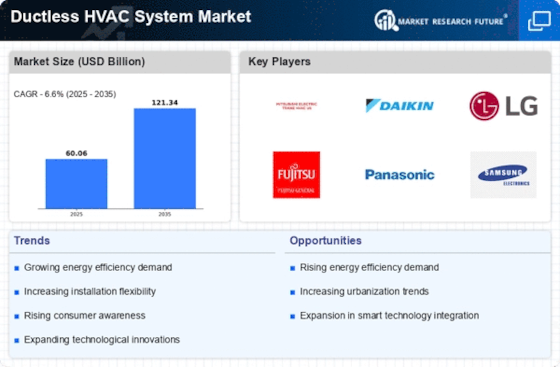

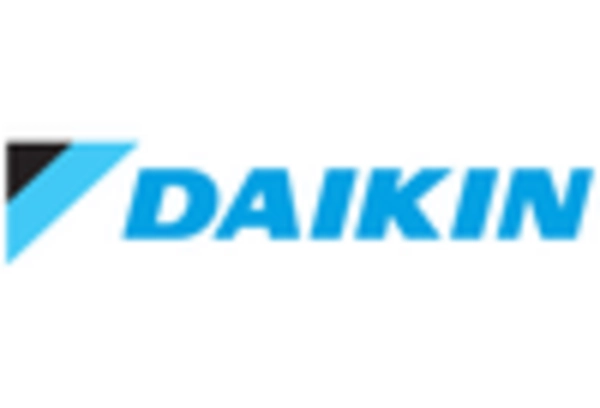
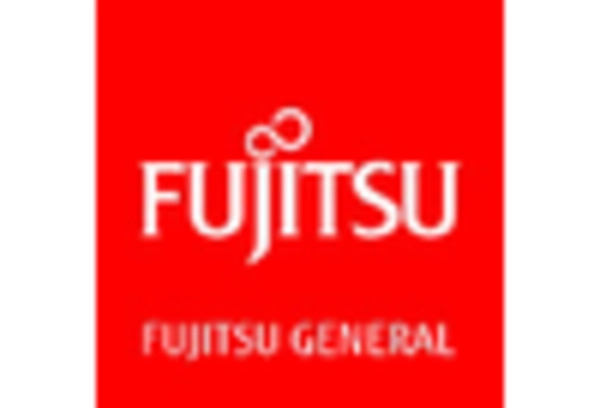
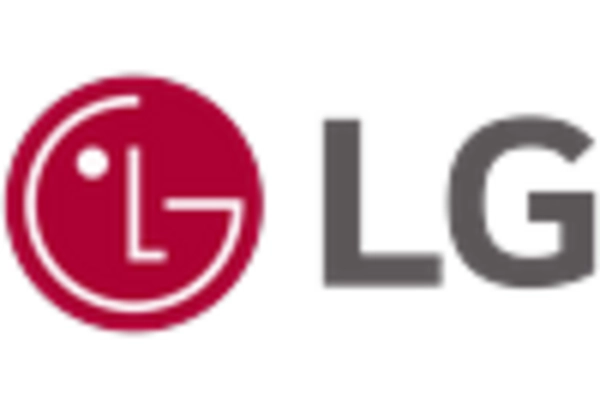
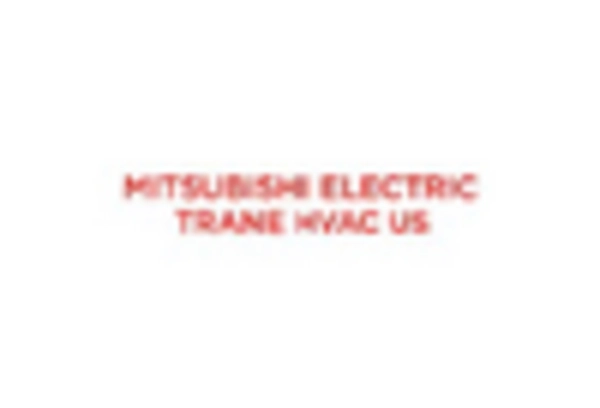
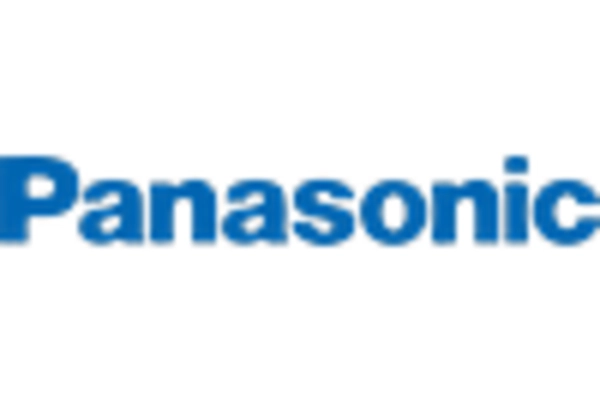









Leave a Comment